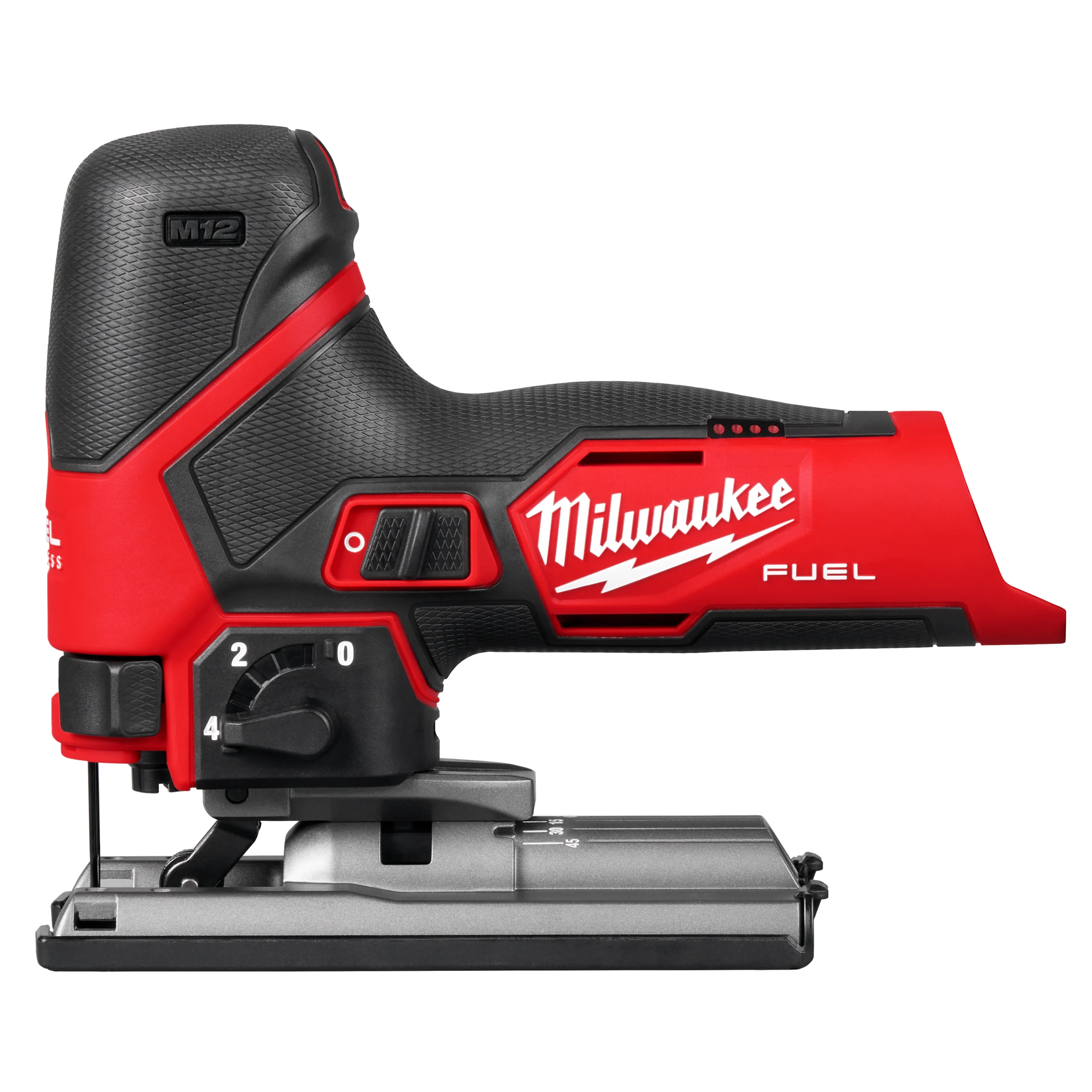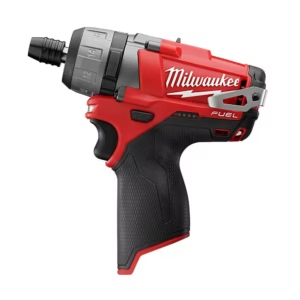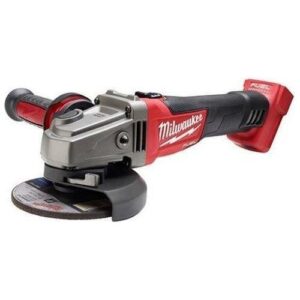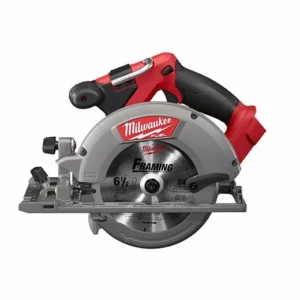Subtotal: $235.00
M12 Jig Saw
a versatile cutting tool designed to handle curves, straight lines, and intricate shapes. Among the many options available, the M12 Jig Saw has gained significant attention for its combination of power, portability, and precision.
The Ultimate Guide to the M12 Jig Saw: Power, Precision, and Portability
When it comes to woodworking, metalworking, or general construction projects, having the right tools can make all the difference. One such indispensable tool for professionals and DIY enthusiasts alike is the jig saw — a versatile cutting tool designed to handle curves, straight lines, and intricate shapes. Among the many options available, the M12 Jig Saw has gained significant attention for its combination of power, portability, and precision.
In this comprehensive guide, we will explore everything you need to know about the M12 Jig Saw — from its features and benefits to tips on usage, maintenance, and the best models on the market. Whether you’re a seasoned craftsman or just starting out, this article will help you understand why the M12 Jig Saw might be the perfect addition to your tool kit.
What is an M12 Jig Saw?
The M12 Jig Saw refers to a compact, cordless jig saw powered by a 12-volt Milwaukee M12 battery system. Milwaukee, a leading power tool manufacturer, has designed the M12 line to offer powerful tools in a smaller, more portable package — perfect for jobs where maneuverability is crucial.
The jig saw itself is a handheld electric saw with a reciprocating blade that moves up and down. This motion allows it to cut curves, bevels, and straight lines in a variety of materials such as wood, metal, plastic, and laminate.
Key Features of the M12 Jig Saw
1. Cordless Convenience
One of the standout features of the M12 Jig Saw is its cordless design. Powered by the M12 battery pack, this jig saw eliminates the hassle of cords, allowing greater freedom of movement. This is especially useful in tight or awkward spaces where a corded saw would be cumbersome.
2. Compact and Lightweight
The M12 Jig Saw is engineered to be compact and lightweight, which significantly reduces user fatigue during extended use. Its small size also makes it easier to control, contributing to more accurate cuts.
3. Variable Speed Control
Many M12 jig saw models come with variable speed control. This feature allows users to adjust the speed of the blade’s stroke, making it easier to cut different materials. Lower speeds are ideal for metal or plastic, while higher speeds work well on wood.
4. Orbital Action
Some versions of the M12 Jig Saw include an orbital action feature, where the blade moves slightly forward and backward in addition to the up-and-down motion. This increases cutting efficiency, especially in wood, by reducing the effort needed and improving cut quality.
5. Tool-Free Blade Change
Modern M12 Jig Saws typically have a tool-free blade change system, which allows users to swap blades quickly and safely without needing additional tools. This is convenient when switching between different blade types for various materials.
6. LED Work Light
An integrated LED light illuminates the cutting line, enhancing visibility in low-light conditions and ensuring precision.
7. Bevel Cutting Capability
Most M12 jig saws support bevel cuts up to 45 degrees, adding versatility for angled or decorative cuts.
Benefits of Using an M12 Jig Saw
Portability and Flexibility
Thanks to its cordless design and compact size, the M12 jig saw is highly portable. It is ideal for on-the-go projects, job sites without easy access to power outlets, or working in confined spaces such as cabinetry or furniture.
Precision and Control
The lightweight nature combined with variable speed and orbital settings provides enhanced control, resulting in cleaner and more precise cuts. This makes it suitable for detailed work such as cutting curves, stencils, and intricate shapes.
Versatility Across Materials
With the right blades, the M12 jig saw can cut through wood, plywood, metal sheets, plastics, and even ceramic tiles. This versatility makes it a valuable tool for various professions and DIY tasks.
Reduced Fatigue
The ergonomic design and lightweight frame reduce hand fatigue and strain, allowing users to work longer with more comfort.
Quick Blade Changes
The tool-free blade change system speeds up workflow, helping professionals and hobbyists switch between tasks without interruption.
Applications of the M12 Jig Saw
The M12 Jig Saw finds applications across various fields and projects, including:
-
Woodworking: Cutting curves, trimming doors, crafting furniture, and creating decorative edges.
-
Metalworking: Cutting thin metal sheets, pipes, and brackets.
-
Home Renovation: Removing drywall sections, cutting laminate flooring, and making precise cuts in cabinetry.
-
Crafts and Hobbies: Designing intricate shapes and stencils for art and craft projects.
-
Construction: On-site cutting where portability and quick adjustments are needed.
Choosing the Right M12 Jig Saw
When shopping for an M12 Jig Saw, consider the following factors:
Battery Life and Compatibility
Ensure that the jig saw is compatible with the M12 battery platform if you already own Milwaukee M12 tools. Longer battery life means more work time without interruptions.
Stroke Length
A longer stroke length (usually around 1 inch) can make cutting faster and smoother. Check the specifications to ensure it meets your cutting needs.
Speed Settings
Variable speed control is essential for flexibility in cutting different materials. Look for models offering multiple speed settings or a dial for precise speed adjustment.
Orbital Action
If you frequently cut wood or need aggressive cuts, consider models with orbital action.
Blade Type and Availability
Check if the jig saw accepts common blade types (T-shank or U-shank) for easy replacement and availability of blades.
Additional Features
Features like LED lights, dust blowers, and comfortable grips enhance usability and precision.
How to Use the M12 Jig Saw Safely and Effectively
Step 1: Choose the Right Blade
Select a blade designed for the material you are cutting. Use fine-tooth blades for metal and coarse blades for wood.
Step 2: Prepare the Workpiece
Secure the material on a stable surface using clamps to prevent movement during cutting.
Step 3: Mark Your Cut Line
Use a pencil or marker to clearly outline where you want to cut.
Step 4: Adjust Settings
Set the speed and orbital action (if available) based on the material and the cut’s complexity.
Step 5: Start Cutting
Hold the jig saw firmly with both hands. Begin cutting slowly to establish the blade’s path, then increase speed as needed. Follow the marked line carefully.
Step 6: Maintain Control
Keep steady pressure without forcing the saw; let the blade do the work.
Step 7: Finish Smoothly
After completing the cut, smooth edges with sandpaper or a file as needed.
Maintenance Tips for Your M12 Jig Saw
-
Keep the blade sharp: Replace dull blades promptly to ensure clean cuts and reduce strain on the motor.
-
Clean regularly: Remove dust and debris from the blade clamp and vents using compressed air.
-
Charge batteries properly: Use the manufacturer’s recommended charging procedures to maintain battery health.
-
Store properly: Keep the jig saw in a dry, secure location to prevent damage.
-
Inspect before use: Check for loose parts or damage before each use to ensure safety.
Top M12 Jig Saw Models in the Market
1. Milwaukee M12 Fuel Jig Saw (Model 2427-20)
-
Voltage: 12V
-
Stroke Length: 1 inch
-
Orbital Action: 3-position
-
Battery System: M12 Lithium-ion
-
Features: Tool-free blade change, LED light, compact design
-
Why Choose: Known for its powerful motor in a compact size, ideal for professionals needing portability without sacrificing power.
2. Milwaukee M12 Jig Saw (Model 2420-20)
-
Voltage: 12V
-
Stroke Length: 1 inch
-
Orbital Action: Yes
-
Battery System: M12 Lithium-ion
-
Features: Lightweight, ergonomic grip, LED light
-
Why Choose: A budget-friendly option that delivers good performance for DIY users.
3. Milwaukee M12 Cordless Jig Saw Kit
-
Often bundled with batteries and charger, these kits provide everything you need to get started with cordless jig sawing.
Frequently Asked Questions (FAQs)
Q1: What materials can I cut with an M12 Jig Saw?
A: With the appropriate blade, you can cut wood, plywood, MDF, plastic, metal sheets, and even ceramic tiles.
Q2: How long does the M12 battery last during use?
A: Battery life depends on usage intensity, blade type, and battery capacity. Typically, a fully charged M12 battery can last 30 to 60 minutes of continuous use.
Q3: Is the M12 Jig Saw suitable for heavy-duty jobs?
A: The M12 jig saw is best for light to medium-duty tasks. For heavy-duty cutting, Milwaukee offers higher voltage saws like the M18 line.
Q4: Can I use blades from other brands with the M12 Jig Saw?
A: Yes, as long as the blades have the correct shank type (usually T-shank), they are generally compatible.
Q5: How do I change the blade on an M12 Jig Saw?
A: Most M12 jig saws feature a tool-free blade change system. Usually, you lift or turn a lever to release the blade, then insert the new blade and lock it in place.

 M12 Compact Impact Wrench
M12 Compact Impact Wrench 




There are no reviews yet.